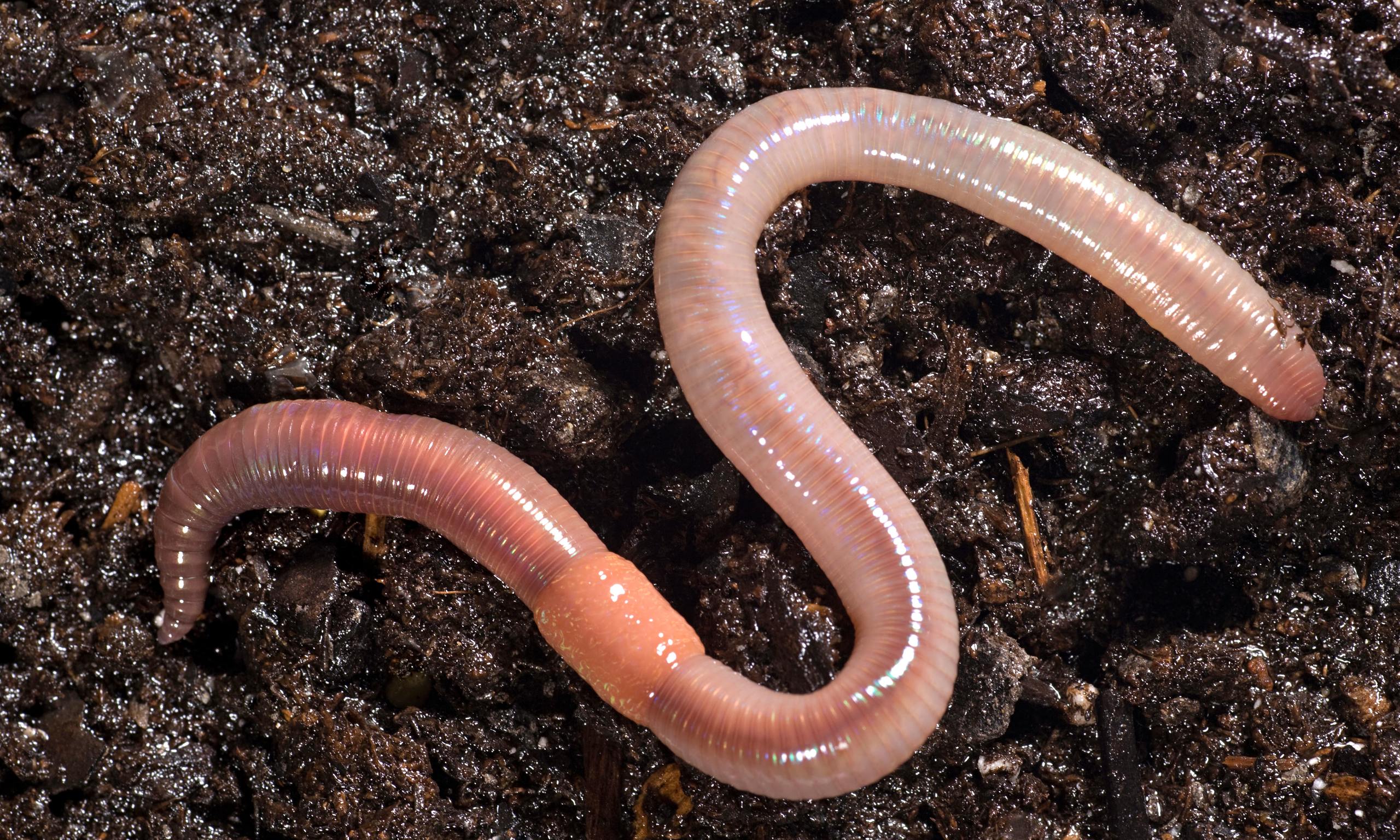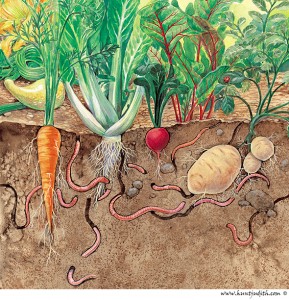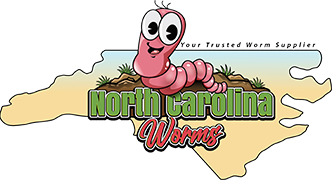An Unbiased View of North Carolina Worms
Wiki Article
Some Of North Carolina Worms
Table of ContentsEverything about North Carolina WormsNot known Facts About North Carolina WormsGetting The North Carolina Worms To WorkNorth Carolina Worms Things To Know Before You Get This
Instance: 1-gallon of worm spreadings to 4 gallons of potting mix. 1/2 mug in the base of the planting hole for smaller sized plants. 1 cup for bigger plants.
The enhancement of tea can also add enhanced microbial biomass to your soil. You can always side-dress your plants with worm spreadings any time. Simply bear in mind, the microorganisms will certainly die if exposed to UV rays (Sunlight), so be sure to cover the spreadings with an inch approximately of soil.
This frustrated them for years until the screening approaches came to be much better. It would certainly get much better(with more spreadings), level off, and after that decrease. Too many worm spreadings would certainly increase the development to a pace that the plant might not recover from.
An Unbiased View of North Carolina Worms
Many herbicides service this same concept. 20% by quantity appears to be the "Sweet Area". I have stated the virtues of worm spreadings for about 2000 words. What about the opposite side of the coin? Absolutely nothing is perfect. Worm castings are no various. It takes some time to produce high quality worm castings.Worm castings certainly set you back even more than chemical fertilizers. Worm castings are on the more affordable end of organic fertilizers. (50 gallons per year) It is a much harder and really expensive investment to create big quantities of worm spreadings.

Creating a healthy and balanced dirt might be the best benefit of worm spreadings. We reviewed worm castings NPK and also the proper nutrient analysis that ought to use to worm spreadings.
North Carolina Worms Things To Know Before You Get This
We chatted about some of the downsides linked with worm spreadings. I covered a whole lot of product in this short article.The upright burrows are usually open, although the worms cover the leading with residue and excrement. Origins require oxygen for their development, whereas they produce carbon dioxide that requires to leave the soil.
Earthworms raise porosity by two systems: (1) by developing permanent burrows, and (2) by improving soil gathering. Gathering is enhanced by the mixing of soil and raw material in the earthworms' guts. Where to buy worms in NC. These extremely steady accumulations are deposited by some earthworms in their burrows, and by others at the surface area of the dirt


In one more research study, earthworms were estimated to consume 4 to 10 percent of the leading 6 inches of the dirt each year. Dirt compaction lowers the porosity of the dirt.
What Does North Carolina Worms Do?
Typical earthworm populaces can easily consume 2 lots of completely dry issue per acre each year, partly absorbing and blending it with dirt. The relevance of earthworms to mix surface area deposit with dirt becomes very clear in soils that do not have any earthworms. Most of our Pennsylvania dirts contend the very least some earthworms, and the result of their total lack, as a result, can not be noted.(https://directory9.biz/details.php?id=271256)In these soils, the formation of topsoil with sensible organic issue content did not take place, resulting in bad crop growth. As soon as the cause was developed, the government of the Netherlands started a campaign to present earthworms. After the intro of the earthworms, a dark topsoil layer was formed, and plant development raised significantly.
They live largely from partially disintegrated organic issue that is already included in the dirt. These species consume big amounts of dirt that they mix with digested crop residue in their guts.
Their burrows remain open, although they top the top with plant residue that they draw to the entry. These varieties consume considerable amounts of dirt that they mix with absorbed deposit in their digestive tracts. Their waste matter is primarily deposited at the surface of the soil. The nightcrawler Lumbricus terrestris is the most popular member of this team.
Report this wiki page